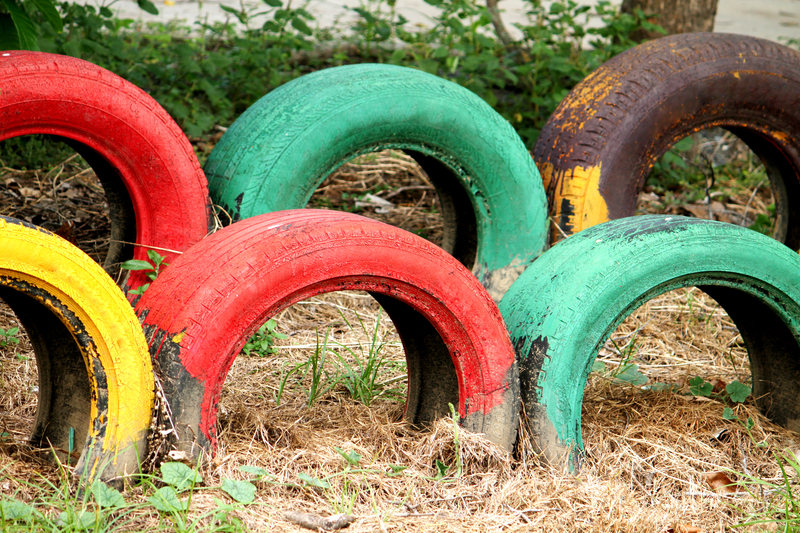6-Stage Paper Recycling Process at Home
Posted on 02/05/2025
Recycling paper at home is not only environmentally friendly but also a cost-effective way to manage waste. By following a systematic approach, you can easily convert your used paper into reusable material. In this article, we will guide you through a comprehensive 6-stage paper recycling process that you can implement right at your home.
Stage 1: Collection
The first stage in the paper recycling process is to collect all the used paper around your home. This includes newspapers, magazines, old notebooks, and any other paper products. It is important to ensure that the collected paper is free from contaminants like food stains, plastic, and other non-paper materials.

Stage 2: Shredding
Once you have collected the paper, the next step is to shred it into smaller pieces. This can be done manually using scissors or with the help of a paper shredder. Shredding the paper helps in breaking it down into smaller fibers, making it easier to process in the later stages.
Stage 3: Soaking
After shredding the paper, the next stage is to soak it in water. Fill a large container with water and immerse the shredded paper in it. Let it soak for at least 2-3 hours or overnight. Soaking helps to soften the paper, making it easier to break down into pulp.
Stage 4: Pulping
Once the paper has soaked sufficiently, it is time to convert it into pulp. Use a blender or a food processor to blend the soaked paper until it reaches a slurry consistency. This pulp will form the base material for your recycled paper.
Stage 5: Molding
The pulped paper needs to be molded into sheets. Lay a piece of fine mesh screen or a piece of cloth over a frame. Pour the pulp onto the screen and spread it out evenly. Press out the excess water using a sponge or cloth. Leave the pulp to dry completely, forming a new sheet of paper.
Stage 6: Drying and Finishing
After the new sheets of paper are formed, carefully remove them from the screen and place them on a flat surface to dry. You can press them between heavy books to ensure they remain flat. Once completely dry, the recycled paper is ready for use.
Pros and Cons of Home Paper Recycling
Pros
- Eco-friendly: Reduces waste and minimizes the need for new raw materials.
- Cost-effective: Saves money otherwise spent on buying new paper.
- Educational: A great learning experience for kids and adults about recycling.
Cons
- Time-consuming: The process can be lengthy and requires patience.
- Quality: Homemade recycled paper may not be as smooth or durable as commercially produced paper.
- Limited resources: Requires basic equipment like a blender, screens, and a significant amount of water.
Tips for Successful Paper Recycling at Home
- Pre-sort your paper to remove contaminants before starting the recycling process.
- Experiment with adding natural dyes or flower petals to give your recycled paper a unique look.
- Use warm water for soaking to speed up the process.
- Be mindful of the amount of pulp you pour onto the screen; thin layers dry faster and evenly.
- Practice makes perfect - your technique will improve with each batch of recycled paper.

Takeaways
Recycling paper at home is a rewarding initiative that everyone can engage in. By following the 6-stage process of collection, shredding, soaking, pulping, molding, and drying, you can create your own recycled paper. This process not only helps in reducing waste but also teaches important lessons about sustainability and resourcefulness.
Conclusion
The 6-stage paper recycling process at home is an effective method to repurpose used paper and reduce waste. Though it requires time and effort, the results are environmentally significant and personally satisfying. By incorporating these recycling practices into your daily routine, you contribute to a more sustainable future while enjoying the benefits of creating something new from something old. So, start your recycling journey today and make a positive impact on the environment!




